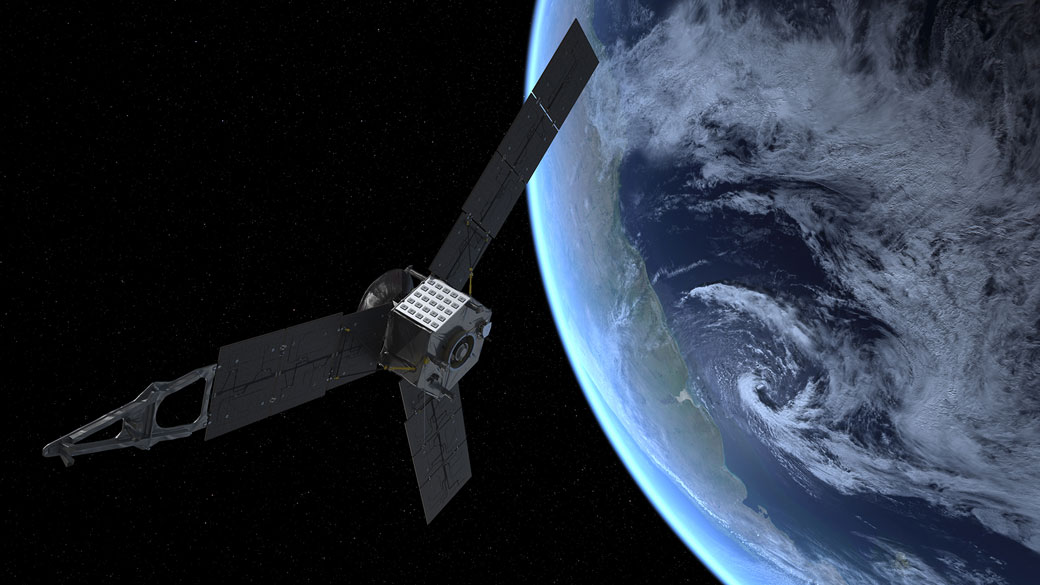TORONTO: Imagine, if you will, returning from a long voyage through space and seeing Earth — home — for the first time.

How would Earth look as you approached our small, blue dot?
Thanks to NASA’s Jet Propulsion Laboratory (JPL) you can experience that right at home.
NASA’s Juno spacecraft, which is heading toward Jupiter for a July 4, 2016 rendezvous, flew by Earth on Oct. 9 for a gravity assist.
As it did, it used its low-resolution camera — used to track stars — to record its flyby.
Space agencies frequently use a gravity assist to help boost a satellite’s speed on its way to its target. Gravity assists work by using a planet’s motion to help speed up a spacecraft. Depending on the orbital speed of a planet, it can boost a spacecraft by thousands of kilometres an hour. In this case, Juno accelerated from 126,000 km/h to 138,000 km/h.
At the time of the approach, Juno was flying at twice the speed of satellites, spinning at 2 rotations per minute. Watching something like that might make one dizzy, so NASA had the star tracker capture a frame each time it was facing Earth at exactly the same instant.
Not only did Juno record its approach, it also recorded amateur radio signals from Earth, specifically, “HI.”
Ham operators around the world, including those in Antarctica, participated.



Comments